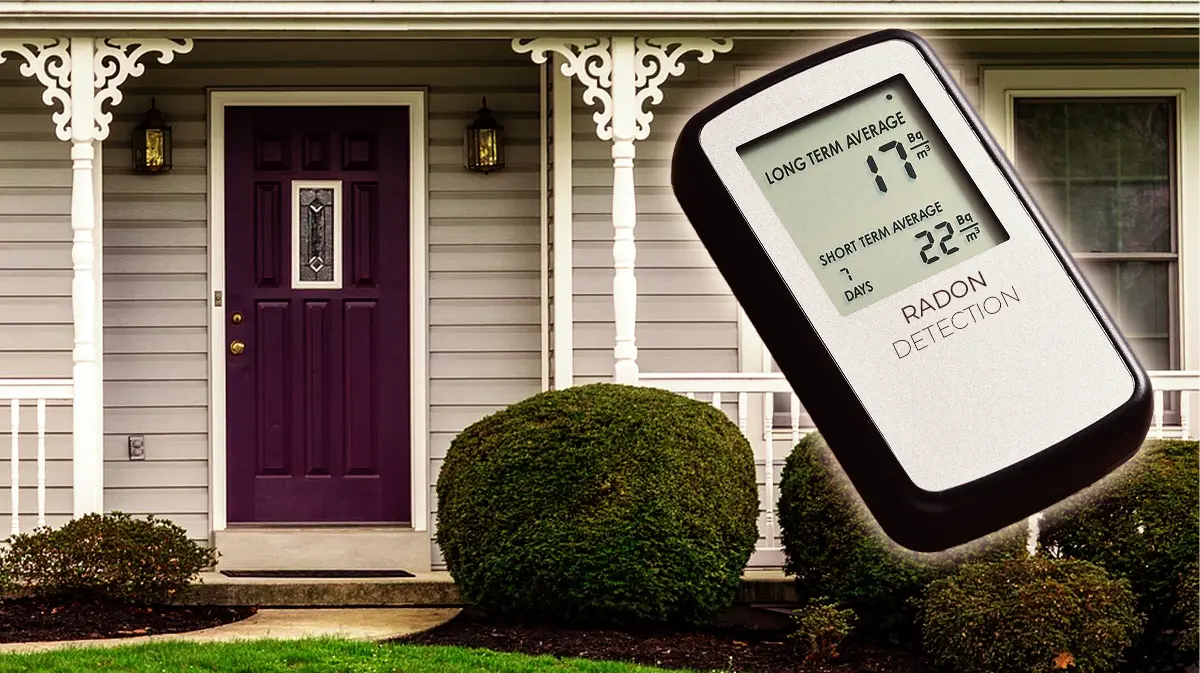You’ve probably heard by now, radon gas and moisture, and your musty-smelling basement, can actually be pretty dangerous to live around. Here’s a quick rundown of why.
What is Radon?
Radon is a colorless, odorless, radioactive gas that forms naturally from the decay of uranium found in soil, rock, and water. It can seep into homes through cracks in the foundation, walls, or floors, and accumulate to levels that can pose health risks. Prolonged exposure to high levels of radon is linked to an increased risk of lung cancer, making it essential for homeowners to test their homes and take necessary actions if elevated radon levels are detected.
Understanding Moisture in Concrete
Moisture issues in concrete are another common concern, especially in areas like basements or ground-level spaces. Concrete, being porous, allows moisture vapor to pass through from the ground beneath. Over time, this can lead to visible signs like efflorescence—white, powdery deposits on the surface—or dark spots, both of which indicate moisture penetration. If not addressed, this moisture can contribute to structural damage and indoor air quality issues.
Radon and Moisture: The Role of Epoxy Coatings
Epoxy floor coatings provide an effective barrier against moisture penetration, helping to maintain the integrity of the concrete and improve indoor air quality. These coatings are especially valuable in regions like Houston, where high humidity can exacerbate moisture issues in homes. By sealing the concrete, epoxy coatings prevent moisture vapor from passing through, reducing the risk of related problems.
The Importance of Testing and Professional Installation
For homeowners concerned about radon and moisture, testing is the first step. Radon testing kits are widely available, and if high levels are detected, professional radon mitigation systems should be installed. Similarly, for moisture issues, professional installation of epoxy coatings ensures a durable, long-lasting solution that not only protects the home but also enhances its value.
By understanding the basics of radon and moisture in concrete, homeowners can take proactive steps to safeguard their health and property. Proper testing, mitigation, and professional installation are key components in maintaining a safe and healthy living environment.


